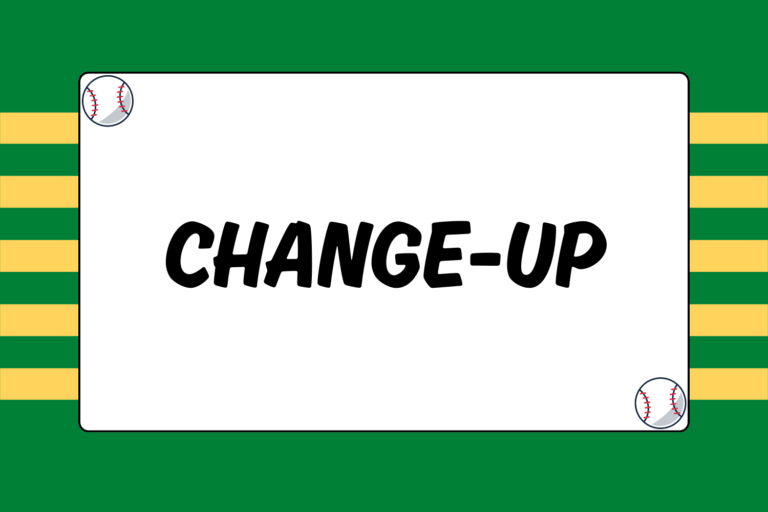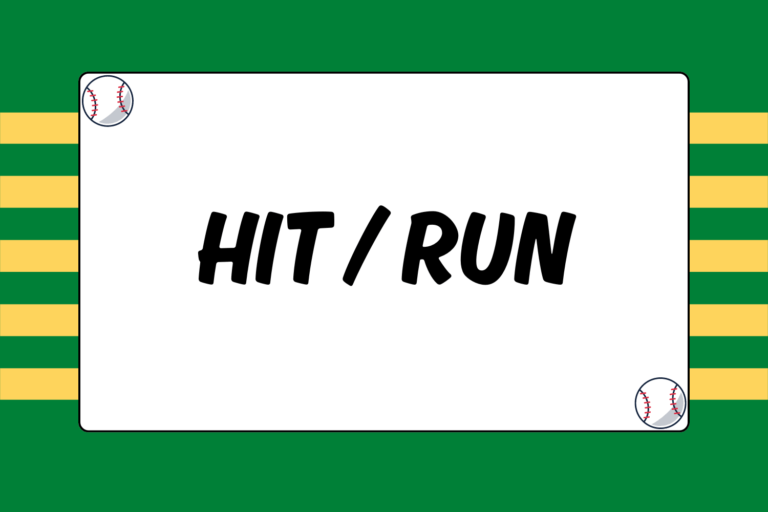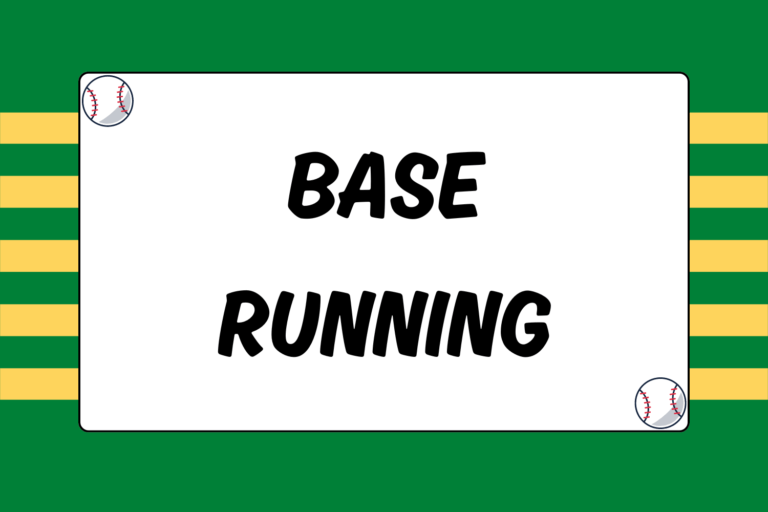Every player on the baseball diamond needs to be able to field a ground ball. As a result, this fundamental skill is one of the first you should master. The technique is not especially complex, but fielding grounders cleanly, correctly, and consistently can be extremely difficult and requires a great deal of practice. This guide outlines the proper fielding mechanics and provides a few helpful tips so you can start vacuuming up ground balls all over the field.
Show No Fear
When it comes to fielding ground balls, the most important characteristic you can have is fearlessness. Unlike pop flies, grounders are fairly unpredictable. At any moment, the baseball could hit a pebble or cleat mark and take a bad hop. Many players constantly battle the fear of getting a bad hop and taking a ball off the chest, face, or groin area.
There are a few ways to combat this. First of all, always wear a protective cup. You also have to learn to accept the possibility of a bad hop. Most of the time, the ball will kick off your arms or torso, and it generally won’t hurt that bad. Just as every basketball player gets fouled, every hockey player gets checked, and every football player gets tackled, every baseball player gets hit with the ball on occasion. One of the great aspects of sports is that they force you to develop a certain level of toughness.
Gaining both mental and physical toughness will undoubtedly make you a better fielder, and you’ll find that the best fielders are able to avoid most bad hops. Accordingly, the best way to reduce your risk of a bad hop is to master your fielding technique.
Fielding Mechanics
Follow these steps to put yourself in the best position to field a ground ball cleanly. As you practice, focus particularly on keeping your eye on the ball and your glove down. Once those abilities becomes second-nature, gobbling up grounders will be a breeze!
Step 1: Charge the Ball
Try to get in the habit of never sitting back and waiting for the baseball. If the ball is hit slowly, sprint towards it before you get in position. Even if the ball is hit hard and you have little reaction time, try to take a step inward as you field the ball. Charging grounders is a good way to avoid a lot of bad hops, which tend to happen when you back up on the ball. A popular mantra among baseball coaches is: Make a play on the ball, never let the ball play you.
Step 2: Get In Position
Watch the trajectory of the baseball and position yourself in its path. You might barely have to move if it’s hit right at you, but in some cases, you’ll have to hustle just to get to the ball. Try to position yourself so that you can field the ball with your feet set; it’s much harder to field on the run.
Step 3: Set Your Feet
Get in an athletic position with your feet spread slightly wider than shoulder-width. Keep your weight forward and knees bent; you should never sit back on your heels or try to field the ball flat-footed. In addition, place your glove-side foot a few inches in front of your throwing-side foot. Doing so helps you get your glove extended, and you’ll receive the ball more smoothly.
Step 4: Get Low
Bend at the knees and waist as if you were sitting down in a chair or performing a squat. Keep your weight on the balls of your feet. The lower you are, the easier it will be to get your glove in the proper position.
Step 5: Glove on the Ground
Failing to get the glove low enough is one of the most common causes of fielding errors. Reach your glove hand out with your palm facing up and the pocket of your glove opened wide. Your glove should be out in front of your feet and directly on the dirt. If the ball takes a hop just as it gets to you, you can adjust and raise your glove to field it. But don’t try to do it the other way around — the ball can easily go through your legs and onto the outfield grass.
Step 6: Track the Baseball
You can’t field what you can’t see. And while you might be able to take your eye off a fly ball for a moment and still make the catch, such is rarely the case with grounders. Keep your eye on the ball the entire time until the ball is in your glove. If you find yourself making a lot of errors, there’s a good chance you’re taking your eye off the ball for the last few feet. As the ball approaches you, make sure your glove is extended. You should always try to field the ball out in front of you, never back between your legs. This technique allows you to see the ball better and keep your weight moving forward.
Step 7: Absorb the Ball
Now it’s time to actually field the baseball, and the key is to maintain a smooth motion. Watch the ball into your glove and use your throwing hand to secure it. Get in the habit of fielding the ball with two hands whenever possible. Try to cradle the ball as you receive it, and absorb its momentum into your body. Never stab at the baseball — this usually results in an error. Instead, field the ball with soft hands and bring it in towards your body.
Patience
Like most aspects of baseball, fielding ground balls is a skill at which you cannot expect to be perfect. Even the best fielders in the world make errors from time to time. So don’t get down on yourself if you struggle at first. Be patient and diligent in your practice. A reliable defender is a valuable asset for any team, so concentrate on the mechanics detailed above and try to make yourself as consistent a fielder as possible.





